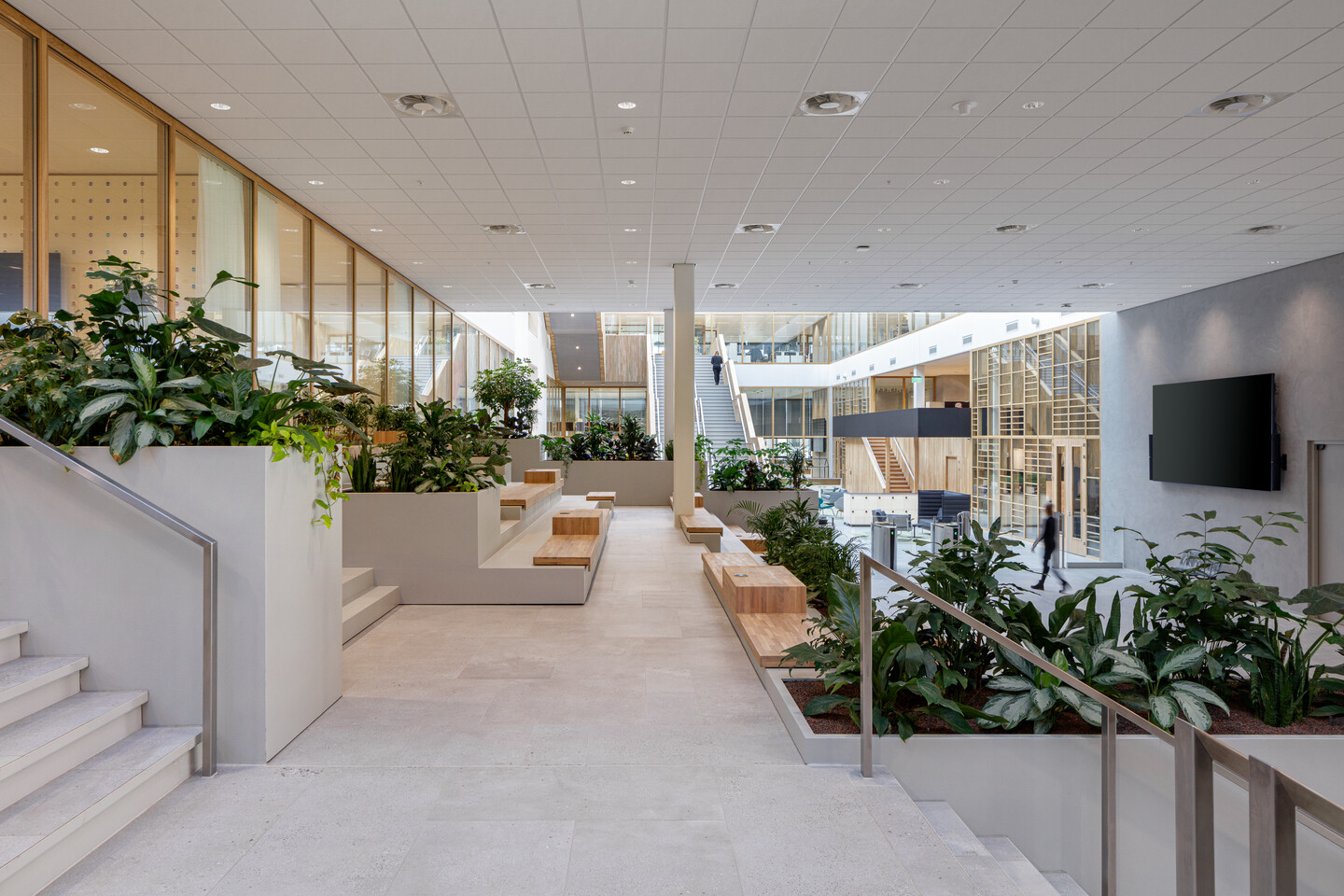A method in which materials are harvested from existing furniture and then reused to create new, unique pieces of furniture. This not only provides a sustainable waste management solution, but also results in furniture with a story and character.

Urban harvesting, also known as Urban Mining, is a concept parallel to the principles of the circular economy. Harvesting materials from existing furniture fits perfectly within this philosophy. Instead of considering old pieces of furniture as waste, they are seen as sources of materials.
This approach embraces the idea of reuse and upcycling, transforming original materials into new, contemporary designs.
An inspiring example of urban harvesting is the project INTOS carried out for Unilever. By harvesting materials from existing furniture, we contributed to Unilever's sustainability initiative while creating functional and aesthetically pleasing spaces.
In the case of Unilever, materials were harvested from the old office furnishings and reused in the construction of new pantries. Wooden panels that would otherwise be treated as waste were given a second life in the form of modern, custom-made pantries. This reduces waste but also gives the space a history.
Urban harvesting is an innovative approach within interior design, where sustainability, reuse and reducing ecological impact go hand in hand. INTOS has proved with the Unilever project that harvesting and reusing materials is not only possible, but also leads to high-quality, functional and aesthetically pleasing results. It is a promising trend that is shaping the future of the interior design industry and contributing to a greener, more circular economy.
Contact Robert Mollee, Sustainability coordinator at INTOS: Robert.Mollee@intos.nl or 06 - 5707 6594.
You will receive blogs and news items by e-mail from now on.